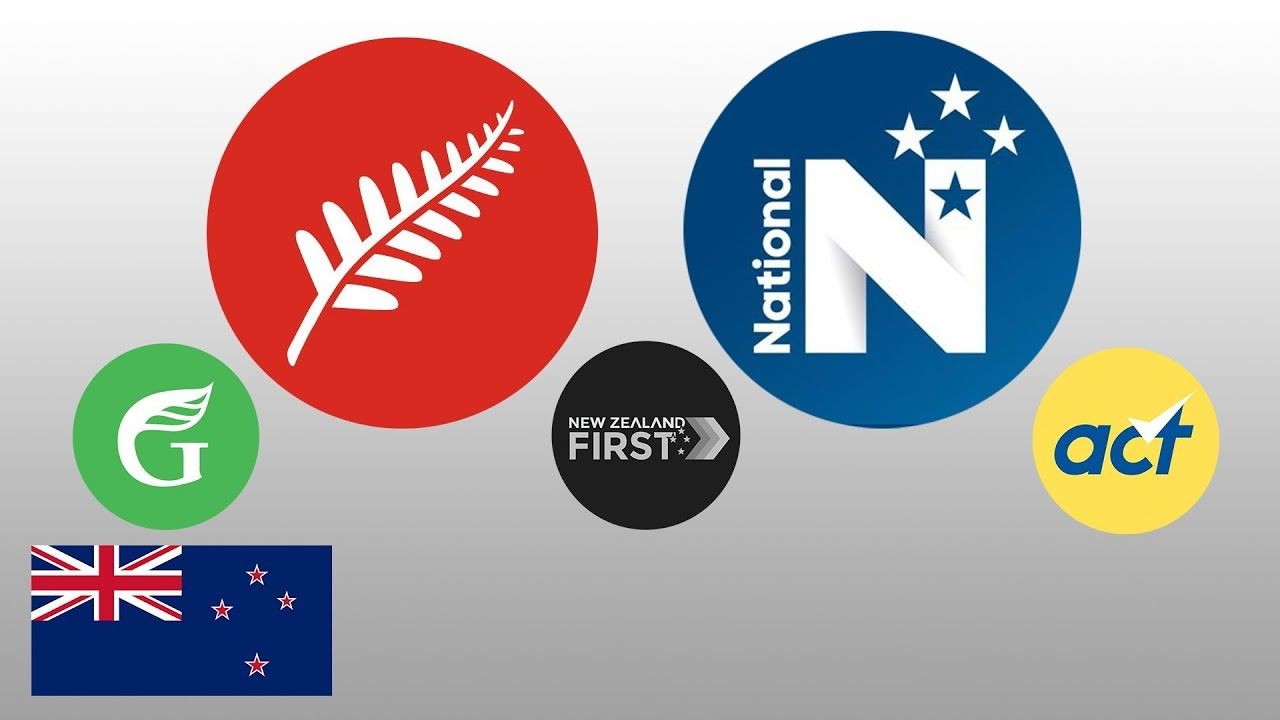In the rapidly evolving landscape of digital marketing, scaling paid advertising effectively without incurring losses is a crucial challenge for businesses in New Zealand. With digital ad spending in New Zealand expected to reach $1.5 billion by 2023, according to the Interactive Advertising Bureau, understanding how to maximize return on investment (ROI) is more important than ever. This article delves into the strategies for scaling paid advertising while keeping financial risks at bay, offering insights tailored to technology strategists and business leaders.
Understanding the Landscape: Pros & Cons of Scaling Paid Advertising
Scaling paid advertising can significantly enhance brand visibility and customer engagement. However, it also presents certain risks, particularly for businesses operating within New Zealand's unique economic environment.
Pros of Scaling Paid Advertising
- Increased Reach: Expanding your advertising efforts can help you reach a larger audience, essential in New Zealand's diverse market.
- Enhanced Brand Awareness: A well-executed ad campaign boosts brand recognition, which is vital in competitive industries such as technology and agriculture.
- Better Targeting: Advanced analytics tools allow businesses to target specific demographics, increasing conversion rates and ROI.
Cons of Scaling Paid Advertising
- Higher Costs: Without careful planning, expanding advertising can lead to significant financial outlay without guaranteed returns.
- Complexity: Managing larger campaigns requires sophisticated tools and expertise, which can be a barrier for smaller Kiwi businesses.
- Market Saturation: In a relatively small market like New Zealand, there's a risk of saturating the audience, leading to diminishing returns.
Case Study: Xero's Strategic Ad Scaling
Problem:
Xero, a leading software company in New Zealand, initially struggled with limited market penetration. Despite a strong product offering, their reach was constrained by a limited advertising budget.
Action:
To overcome this, Xero adopted a data-driven approach to scale their advertising efforts. They leveraged analytics to identify high-performing channels and invested in targeted social media campaigns. This included collaborations with local influencers to bolster authenticity and engagement.
Result:
- Brand awareness increased by 40% within the first year, according to a Nielsen report.
- Customer acquisition costs were reduced by 25%.
- Xero's market share grew significantly, positioning it as a dominant player in the cloud accounting space.
Takeaway:
This case study highlights the importance of a strategic, data-driven approach in scaling advertising efforts. By focusing on targeted channels and leveraging local partnerships, New Zealand businesses can achieve substantial growth without overspending.
Debunking Common Myths
Scaling paid advertising is often shrouded in misconceptions, particularly in New Zealand's market. Let's address a few:
- Myth: "More spend equals more success." Reality: Without strategic targeting, increased ad spend can lead to wasted resources. A focus on ROI is crucial.
- Myth: "Social media is only for young audiences." Reality: Platforms like Facebook and LinkedIn have diverse user bases, making them effective for various demographics.
- Myth: "Digital ads are only effective for e-commerce." Reality: Service-based industries can also benefit by enhancing brand visibility and customer engagement.
Strategies for Success
To effectively scale paid advertising, consider implementing these strategies:
1. Leverage Data Analytics
Utilize advanced analytics tools to gain insights into campaign performance. Tools like Google Analytics and Adobe Analytics can help Kiwi businesses refine targeting strategies and improve ROI.
2. Optimize for Mobile
With mobile internet usage surpassing desktop in New Zealand, optimizing ads for mobile platforms is essential. Ensure that your campaigns are mobile-friendly to enhance user experience and engagement.
3. Test and Iterate
Continuously test different ad formats and messages to determine what resonates best with your audience. A/B testing can provide valuable insights into consumer behavior and preferences.
Future Trends & Predictions
As digital advertising evolves, staying ahead of trends is vital for New Zealand businesses. By 2026, AI and machine learning are expected to play a significant role in automating and optimizing advertising strategies, offering personalized experiences at scale. Additionally, with the anticipated rise in privacy regulations, businesses must prepare to adapt their strategies to ensure compliance while maintaining effective targeting.
Conclusion
Scaling paid advertising without losing money is achievable with a strategic approach tailored to New Zealand's market dynamics. By leveraging data analytics, optimizing for mobile, and continuously iterating on campaigns, businesses can enhance their reach and ROI. As the advertising landscape continues to evolve, staying informed and adaptable will be key to sustained success.
Call to Action
Are you ready to take your advertising strategy to the next level? Share your experiences and insights in the comments below, and let’s discuss how we can innovate and succeed together!
Related Search Queries
- How to optimize digital advertising in New Zealand
- Effective marketing strategies for Kiwi businesses
- Scaling paid advertising for small businesses
- Best analytics tools for digital marketing
- Future trends in NZ digital advertising
People Also Ask
- How does scaling paid advertising impact businesses in New Zealand? Scaling advertising can significantly increase brand visibility and customer engagement, essential in New Zealand's competitive market.
- What are the biggest misconceptions about scaling paid advertising? Many believe more ad spend equals more success, but strategic targeting and data-driven decisions are crucial for ROI.
- What strategies can help in scaling paid advertising effectively? Leverage data analytics, optimize for mobile, and continuously test ad formats to enhance performance and ROI.






























